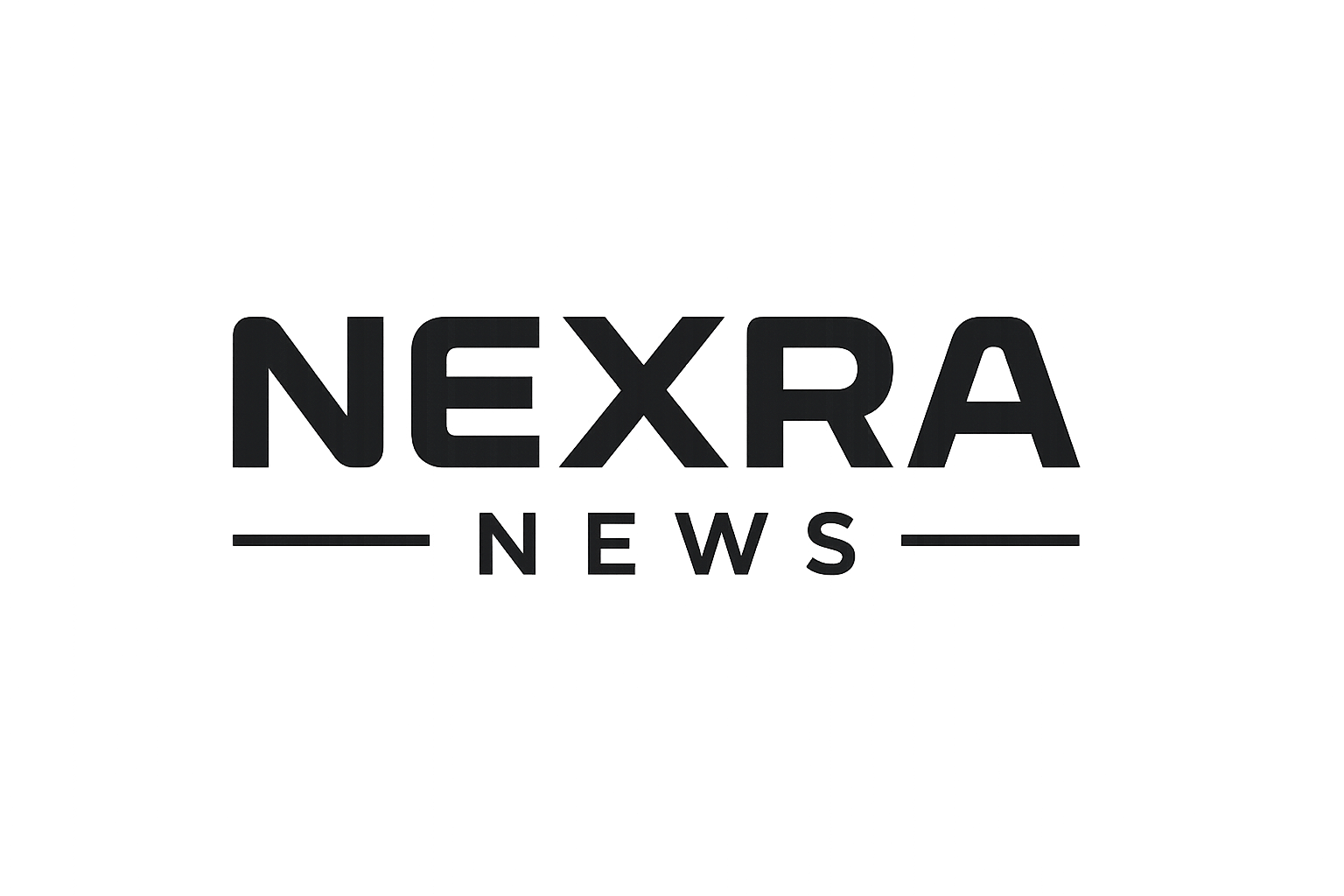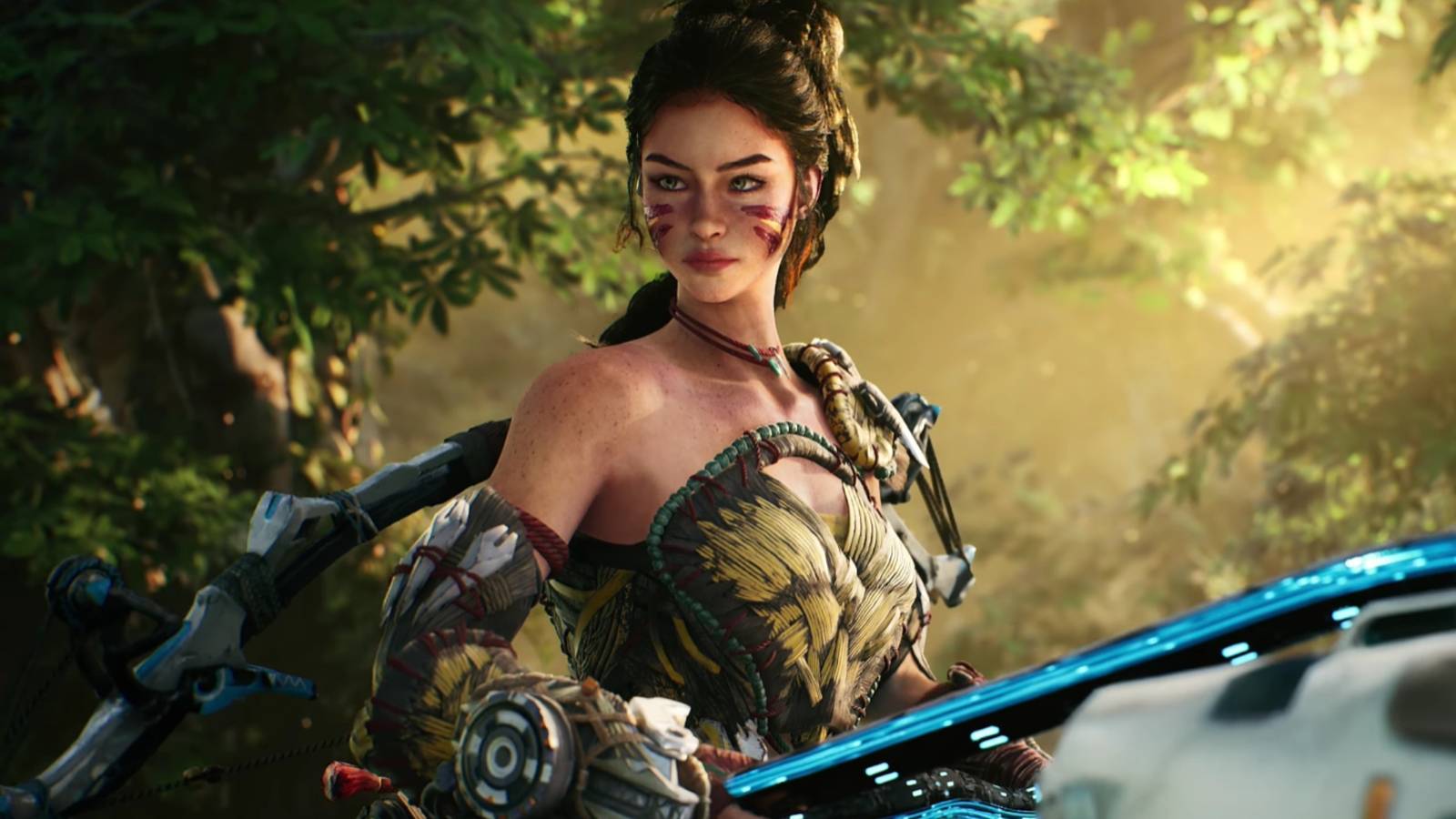Horizon MMORPG Officially Revealed—And the Community Has Opinions
The long-running rumor of a multiplayer Horizon project finally has a name and a face: Horizon Steel Frontiers, an MMORPG developed by NCSoft in collaboration with Guerrilla Games. Unveiled during G-Star 2025 on November 13, Steel Frontiers shifts the franchise from its traditionally solo, story-driven roots into a persistent, shared world built around machine hunting, raid-scale encounters, gear crafting, and exploration across a colossal wasteland dubbed the Deadlands. It is, by design, a very different kind of Horizon.
It’s also a different kind of platform play. Steel Frontiers is confirmed for iOS, Android, and PC with shared servers—but, crucially, no PlayStation 5 or PlayStation 4 version has been announced. For a series that made its name as a banner PlayStation first-party IP, that omission landed like a thunderjaw stomp. The result is a reveal that excites MMO fans and cross-platform players while leaving a significant slice of the Horizon audience skeptical.
What Steel Frontiers Actually Is
At its core, Steel Frontiers positions you as a machine hunter operating deep in the Deadlands, an inhospitable expanse where sand-choked ruins and skeletal superstructures hide caches, camps, and the patrol routes of apex machines. The pitch reads like a mashup of open-world MMO structure with Monster Hunter-style boss design:
Large-scale co-op hunts: World bosses and instanced raid encounters built around part-breaking, elemental counterplay, and role synergy.
Buildcraft and progression: Gather → craft → mod loops that ask you to scavenge rare components from machine carcasses, assemble bespoke outfits and bows, and slot perks that change how your traps, ropes, or ammo types behave.
Traversal and mounts: Multiple rideable machines—from swift scouts to bulk haulers—expand the map’s usable surface and enable emergent tactics (kite, flank, lure).
Social layers: Shared hubs, player markets, and opt-in factions that unlock recipes, hunts, or prestige cosmetics as servers progress.
The reveal materials are deliberately coy about timeline placement. No confirmation whether this sits before, during, or after the events of Zero Dawn/Forbidden West, and no guarantees of screen time for Aloy, Erend, or Sylens. That ambiguity frees the MMO to stand on its own lore while leaving the door open for cameos and limited-time arcs.
Why NCSoft—and Why an MMO?
From Lineage to Guild Wars (via subsidiary leadership and publishing), NCSoft has deep MMO DNA: live event cadence, server economies, and endgame retention curves. Steel Frontiers taps that expertise to answer a persistent what-if: what if Horizon’s machine-hunt combat and part-tear systems were the foundation of a living endgame instead of a single-player checklist?
In practical terms, that means designing encounters that weaponize machine behaviors against coordinated groups. Imagine a Stormbird whose EMP screech wipes traps unless a teammate interrupts; a Slitherfang whose acid geysers pressure flanks while a tanky hammer-user draws aggro; or a Tremortusk whose armor plates must be popped in a specific order to expose a short overheat phase. For fans who loved the surgical precision of Horizon’s best fights, multiplying that dance across 8–12 players sounds thrilling.
The Platform Twist: iOS, Android, PC (But Not PS5)
Here’s the fault line. Steel Frontiers launches on mobile and PC with cross-play and apparently shared progression, but no console version has been named. That choice instantly reshaped the narrative:
Pros (from NCSoft’s vantage): Maximum addressable audience at launch, built-in touch and controller support, and a chance to prove the design’s elasticity across devices.
Cons (from franchise loyalists): Horizon is culturally a console-first brand. Many fans want a couch experience, DualSense haptics, 60 fps targets, and the audiovisual heft that made Zero Dawn and Forbidden West pop.
There’s also the optics of another mobile-leaning spinoff arriving just one day after the announcement of Ratchet & Clank: Ranger Rumble for iOS/Android. For some, this looks like a broader strategic pivot: expand tentpole PlayStation IP into free-to-start, cross-platform ecosystems where long-tail monetization can flourish. That doesn’t invalidate the design, but it frames expectations—and skepticism—around controls, performance, and monetization.
Monetization, Controls, and Other Burning Questions
Will it be pay-to-win?
NCSoft’s portfolio includes both subscription and F2P economies. The safest bet for a cross-platform MMO in 2026 is a cosmetics-first model—battle passes, hunt passes, camp décor, and transmog—with guardrails against stat-selling. The quality of the conversation at launch will hinge on whether power is earned through hunts and craft, not cash.
Can mobile really do justice to Horizon combat?
Yes—with caveats. Elite mobile games routinely deliver high-fidelity action with 30–60 fps targets. But Horizon’s combat shines with precision part targeting and timed dodges. Steel Frontiers must invest in best-in-class controller support (Bluetooth pads on mobile, full controllers on PC) and smart aim assists that preserve skill expression without turning fights into auto-target mush.
Will PC players dominate?
Cross-play works when input matchmaking is transparent. If the developers expose input pools (touch only, controller, mouse/keyboard) and allow opt-outs, the ecosystem can stay healthy. Shared hubs with instanced hunts by input type would be an elegant compromise.
Where’s the story?
MMOs thrive on season arcs. Expect chain quests that expand Deadlands factions, limited-time invasions, and NPCs whose allegiances shift with server milestones. You don’t need Aloy for meaningful Horizon storytelling; you need mystery machines, forbidden tech, and choices that leave visible scars on the map.
Why Some Fans Are Still Excited
Endless hunts. The single-player games end. A raid-grade Horizon can, in theory, escalate forever with new machine variants, weather systems, and server-wide events.
Play anywhere. Level a hunter on commutes, then raid on PC at night with the same build.
Build depth. Tuning coils, elemental ammo, and trap synergies in a group meta could spawn the theorycraft scene Horizon never fully had.
Why Others Are Pumping the Brakes
No console confirmation. For many, that’s the whole ballgame—no PS5, no interest.
Live-service fatigue. If Steel Frontiers leans on chores instead of meaningful hunts, it’ll feel like busywork.
Identity risk. The heart of Horizon is meticulous, tactile combat. If the MMO sandpapers that edge to fit every screen, it could lose the magic.
What Would Turn Skeptics Into Believers
A clear combat manifesto. Show a full raid fight: part breaks, stagger windows, role responsibilities, wipe mechanics. Let systems speak.
Input-fair matchmaking. Spell out input pools, controller standards, and opt-ins so no one feels trapped in mismatched lobbies.
Monetization receipts. State up front: no paid power, no gacha for stat sticks, battle pass cosmetics only, crafting mats earnable in-game.
Roadmap honesty. Lay out a season cadence with machine families, new biomes, and profession upgrades that aren’t just number bumps.
The Bigger Franchise Picture
Guerrilla has teased multiplayer experimentation for years, but Steel Frontiers appears to be a separate track from any internal live-service project. That bifurcation might be healthy. Let NCSoft chase hunt-first MMO design while Guerrilla continues to steer the narrative single-player pillar. If both lanes respect core DNA—machines as puzzles, tools as solutions, worlds as characters—Horizon can grow without losing itself.


